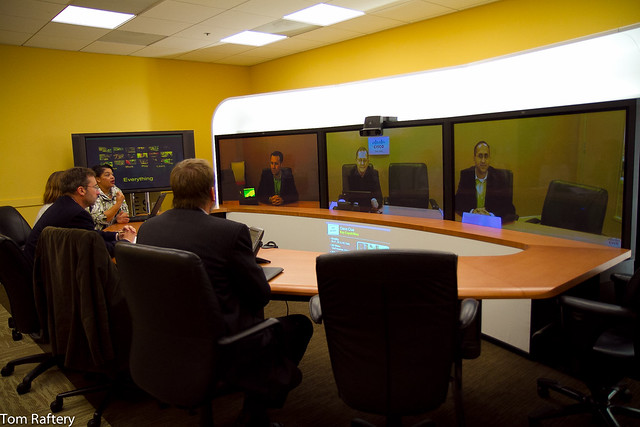
I had a nice catch-up call with Mike Holt the other day – Mike is Semitech Semiconductor’s VP Sales and Marketing and we had previously talked last August.
Mike was bringing me up to speed on what has been going on with Semitech in the last five months. Semitech make semiconductor chips specially designed for power line communications (PLC). Power line communications is essentially the use of electrical cables to transmit data.
Power line communications is receiving a lot of interest these days because of the current buzz (bad pun, sorry) around Smart Grids. Every smart meter is, by definition, connected to an electricity distribution network – if this network can be used to send and receive information, it saves having to roll out a separate infrastructure for your smart grid communications.
During our call, Mike made me aware of a number of bits of Semitech news (they’ve expanded their sales team, they had new product announcements and they closed a new funding round) but by far the more interesting part of the chat, for me, was when Mike started to tell me of the new markets that are expressing an interest in PLC.
According to Mike, there is now a growing interest in PLC coming from the urban lighting sector to help with maintenance and control of lighting. Mike gave me the example of Munich. Apparently there are five people employed in the city whose job it is to drive around the city at night spotting burnt out lights – with a PLC solution, you can receive an automatic notification as soon as your sodium lamps burn out and you get early indications that an LED is about to burn out allowing you to switch it out before it goes dark.
LED’s by themselves save large amounts of money (this is very important when urban lighting makes up to 40% of a cities energy budget) but, as we reported last year, LED’s when they are connected to an intelligent control system can save up to 87% on energy costs!
Other new markets for power line communications Mike mentioned were for remote management of solar panels on remote solar farms and seemingly there is a growing interest in PLC in the home automation field – which makes a lot of sense too.
Power line communications is not without its challenges – electrical networks can be ‘noisy’ and be prone to attenuation but as companies like Semitech become better at dealing with those issues, it is going to be fascinating to see just where PLC takes us.
Photo credit Ruud Hein



